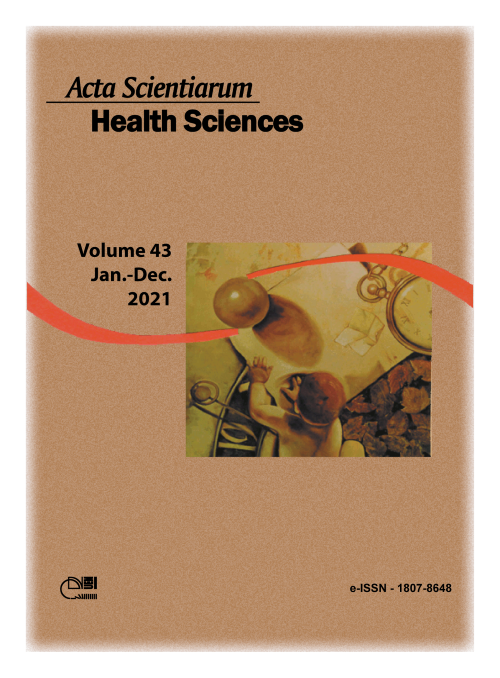Respiratory mechanics behavior after heart surgery: an experimental study
Abstract
Changes in ventilatory mechanics and their consequent pulmonary complications are common after surgical procedures, particularly in cardiac surgery (CS), and may be associated with both preoperative history and surgical circumstances. This study aims to compare ventilatory mechanics in the moments before and after cardiac surgery (CS), describing how pulmonary complications occurred. An experimental, uncontrolled study was conducted, of the before-and-after type, and with a descriptive and analytical character. It was carried out in a private hospital in the city of Salvador, Bahia, Brazil, and involved 30 adult patients subjected to CS. In addition to clinical and epidemiological variables, minute volume (VE), respiratory rate (RR), tidal volume (VT), forced vital capacity (FVC), maximum inspiratory pressure (MIP), and peak expiratory flow (PEF) were also recorded. Data were collected in the following moments: preoperative (PRE-OP) period, immediate postoperative (IPO) period, and 1st postoperative day (1st POD). The sample was aged 48.1 ± 11.8 years old and had a body mass index of 25.5 ± 4.9 kg m-2; 60% of the patients remained on mechanical ventilation for less than 24 hours (17.5 [8.7-22.9] hours). There was a significant reduction in VT, FVC, MIP and PEF when PRE-OP versus IPO, and PRE-OP versus 1st POD were compared (p < 0.05). There were no significant changes between IPO and the 1st POD. The highest incidence of pulmonary complications involved pleural effusion (50% of the patients). This study showed that patients subjected to CS present significant damage to ventilatory parameters after the surgery, especially in the IPO period and on the 1st POD. It is possible that the extension of this ventilatory impairment has led to the onset of postoperative pulmonary complications.
Downloads
DECLARATION OF ORIGINALITY AND COPYRIGHTS
I Declare that current article is original and has not been submitted for publication, in part or in whole, to any other national or international journal.
The copyrights belong exclusively to the authors. Published content is licensed under Creative Commons Attribution 4.0 (CC BY 4.0) guidelines, which allows sharing (copy and distribution of the material in any medium or format) and adaptation (remix, transform, and build upon the material) for any purpose, even commercially, under the terms of attribution.
Read this link for further information on how to use CC BY 4.0 properly.























5.png)







